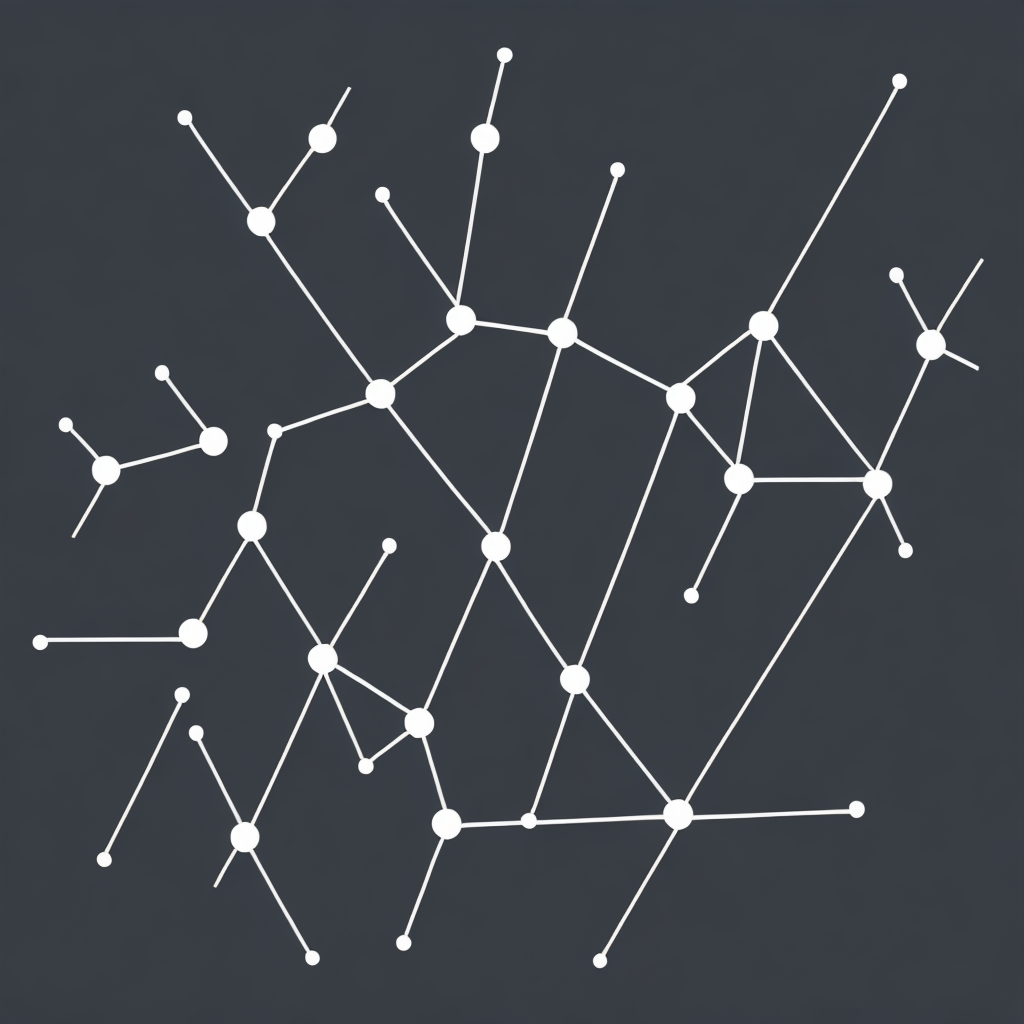### Exploring the Power of Knowledge Graphs: Enhancing Information Management and Discovery
In the rapid and interconnected world of technology and data, the ability to effectively manage, integrate, and discover information has become a cornerstone for both individuals and organizations alike. One innovative solution to this challenge is the utilization of Knowledge Graphs. Knowledge Graphs, a powerful tool embedded in databases and driven by the principles of graph theory and semantic web, are transforming the way we approach data, leading to immense advancements in information management. This article delves into the fundamental concepts and benefits of Knowledge Graphs, exploring their impact on various aspects of modern life, from enhancing cybersecurity and personalizing user experiences to improving decision-making processes.
#### The Essence of Knowledge Graphs
A Knowledge Graph is an efficient way of storing, organizing, and presenting data in a network structure that visually mimics the interconnected nature of real-world concepts and relationships. It consists of nodes representing entities (such as people, locations, products, or concepts) and edges that connect these nodes to indicate relationships or interactions between them. This structure enables a more intuitive and comprehensive representation of the data, facilitating faster and more accurate information discovery.
#### Enhancing Information Management
In the realm of data management, Knowledge Graphs offer a myriad of advantages. They provide a centralized and integrated approach to handling diverse data sources, ensuring consistency and eliminating silos. This is particularly valuable in environments where data comes from multiple departments or systems, requiring a unified view for effective decision-making. Knowledge Graphs also support automated query processing, enabling users to formulate complex queries with ease and receive accurate results, enhancing the efficiency of data retrieval and analysis.
#### Facilitating Discovery and Personalization
Knowledge Graphs are instrumental in personalization, a key aspect of modern user experience design. By leveraging the relationships between data points, these graphs can help predict and recommend content, products, services, or knowledge that aligns with user preferences. This is enabled through the application of algorithms that analyze patterns and connections within the graph, offering insights that traditional databases might miss. For instance, in e-commerce environments, Knowledge Graphs can be used to suggest items based on past purchases, ratings, or similar users’ preferences, significantly enhancing the customer journey.
#### Advancing Cybersecurity
Knowledge Graphs are also playing a pivotal role in cybersecurity. By modeling the digital assets, identities, and relationships within an organization, they serve as a powerful tool for detecting anomalies, understanding threat landscapes, and predicting potential security breaches. Incorporating machine learning algorithms, Knowledge Graphs can analyze patterns, correlate events, and provide real-time insights that are critical for proactive cybersecurity management, helping to prevent and mitigate attacks more effectively.
#### Conclusion
The power of Knowledge Graphs lies in their ability to transform raw data into a usable, insightful format that enhances our understanding of the complex world around us. They are revolutionizing the landscape of information management and discovery, enabling organizations and individuals to make informed decisions, improve user experiences, and bolster cybersecurity. As the technology evolves, the potential applications of Knowledge Graphs will only continue to expand, making them an indispensable element in our digital future.
